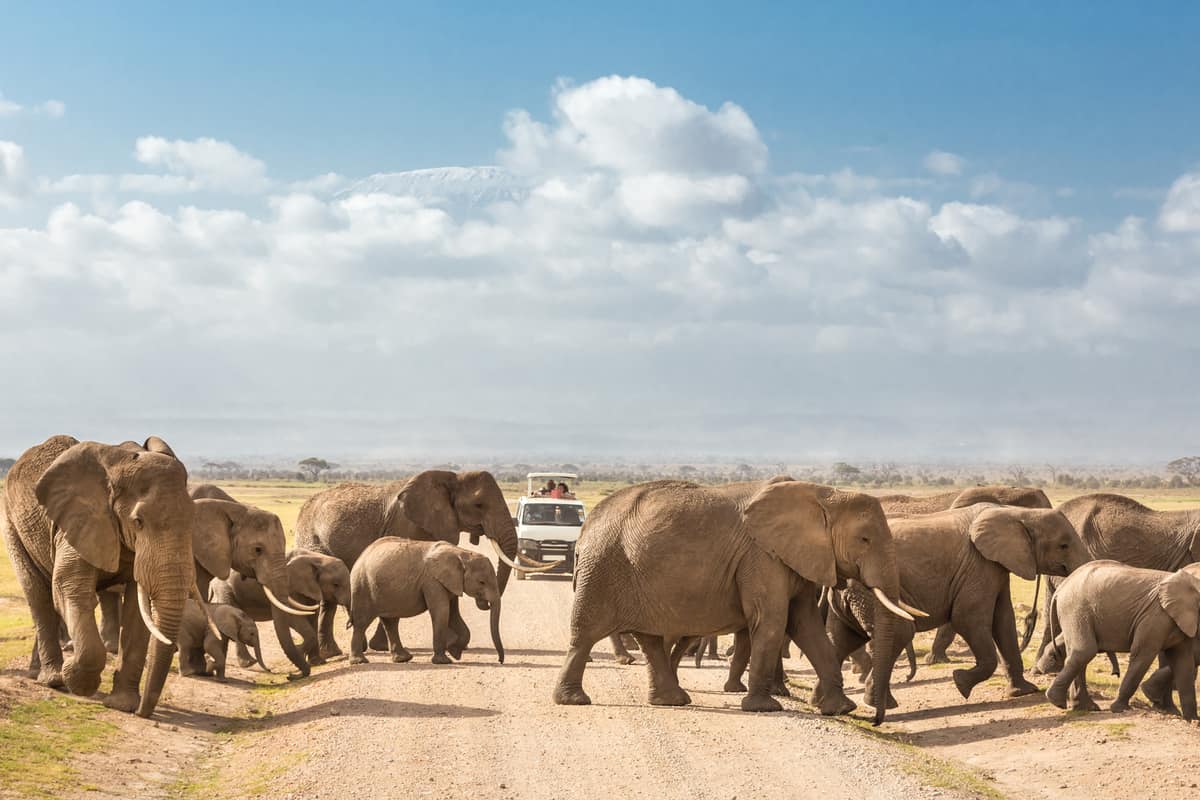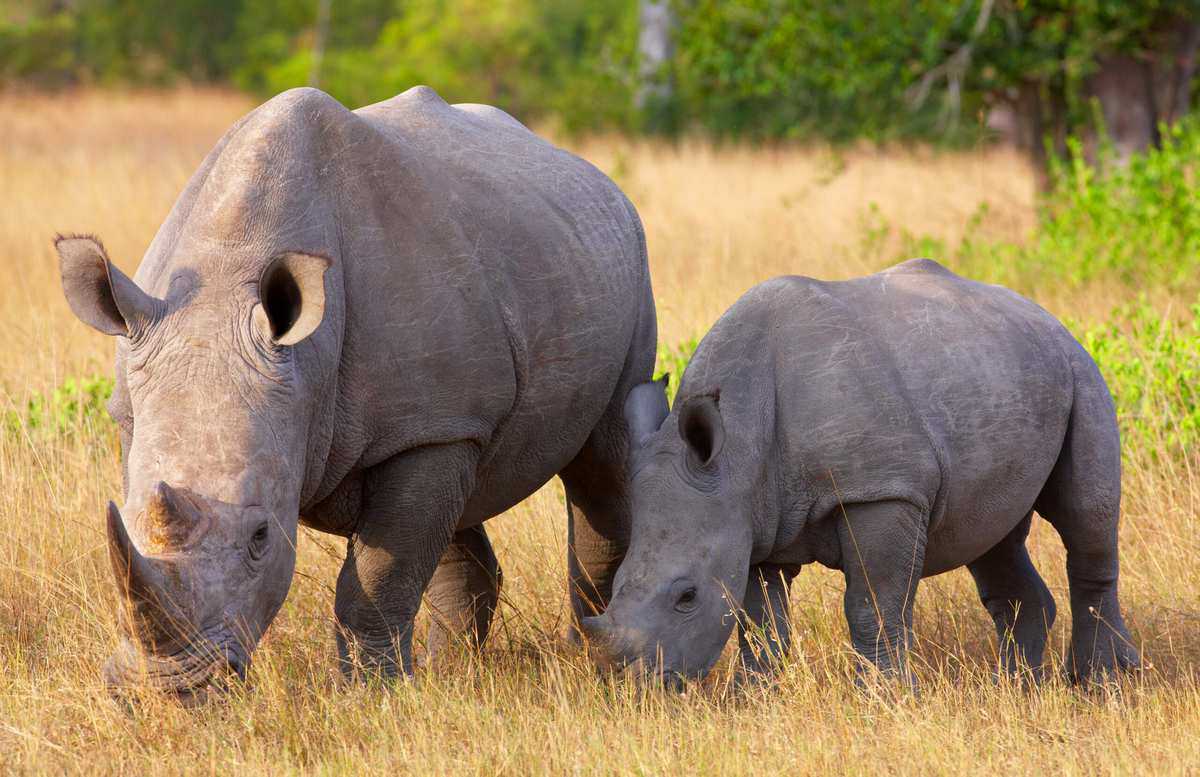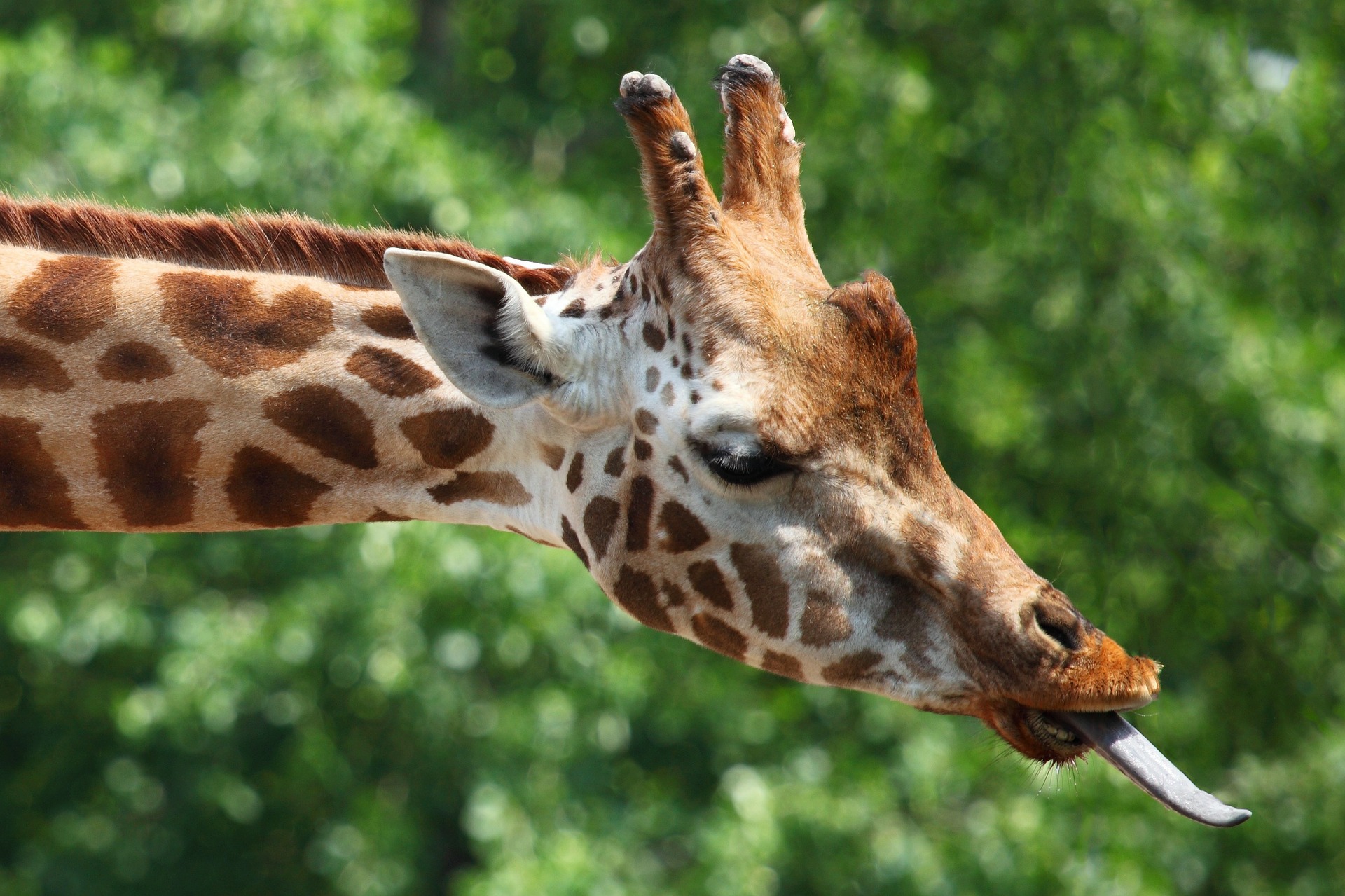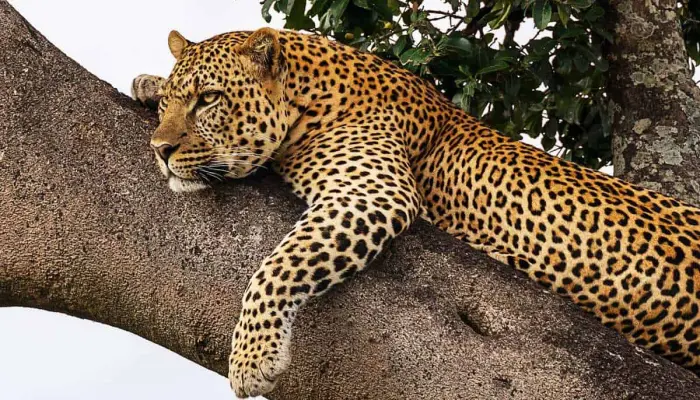The Maasai Mara National Reserve is arguably one of the most famous national parks in Kenya, partly because of its exceptional wildlife and the opportunities to see animals in their natural habitat, and partly because of the name, which refers to the colorful Maasai tribe. The almost iconic locals, the Maasai, are a semi-nomadic, warrior tribe known for their bright clothing and decorations, as well as their jumping warriors.
Despite their warrior origins, the Maasai are a very friendly and hospitable people. In our journey to the Maasai Mara, you will not only see the savanna but also get to know a traditional Maasai village and participate in their daily activities. You will hear their stories about their life and traditions, and also participate in cooking. Around the campfire, you will exchange stories and anecdotes.
Planning Your Visit

The best time to visit Maasai Mara is from July to October when the Great Migration occurs. During this dry season, large herds of wildebeests and zebras migrate into the Maasai Mara in search of fresh grass and water. It is recommended to book accommodation in advance as the reserve gets very crowded during this time. Popular accommodation options include tented camps and lodges of varying classes near the park.
Types of Safaris

In the Maasai Mara, various types of safaris are available to suit any preference: - Traditional game drives in open jeeps - the most common option. - Walking safaris guided by experienced rangers for maximum immersion in nature. - Aerial tours in small planes or hot air balloons for breathtaking bird's-eye views. - Canoe safaris along the Mara River - a wonderful opportunity to observe life at the water.
Safari in the Maasai Mara

We will go on a game drive in, possibly, the most beautiful national park in Kenya in search of the Big Five - rhinoceros, lion, leopard, elephant, and buffalo. This term dates back to the 1800s when big game hunting was done on foot. Hunters considered these five animals the most difficult and dangerous to hunt. So, although the concept comes from a bygone era, it is still an achievement and requires a bit of luck to see these five animals.
The Maasai Mara is part of the stunning ecosystem of the Maasai Mara National Reserve - Serengeti National Park (Tanzania), where the most spectacular animal migration on Earth occurs - the Great Migration. Millions of blue wildebeests, zebras, and gazelles migrate annually between these two parks in search of water and grass. During the migration, animals can cover distances of more than 50 km a day, and they can often be seen in long columns. Zebras usually go first, as they eat the tallest grass, followed by wildebeests eating shorter grass, and finally gazelles eating the lowest. Perhaps the most thrilling spectacle is the crossing of rivers, including the Mara River in Kenya, where they are awaited by some of the largest crocodiles in the world.
Maasai Mara is particularly known for its population of big cats: lions, cheetahs, and leopards. In fact, this area has the highest number of lions in Africa. The wildlife in the Maasai Mara is exceptional - both in quantity and diversity. The plains teem with blue wildebeests, zebras, giraffes, impalas, and gazelles, attracting leopards, cheetahs, and large prides of lions. Elephants, buffaloes, jackals, hyenas, and even rare black rhinos populate the plains, while hippos and crocodiles inhabit the rivers. Birds of all sizes and colors are present, from hummingbirds and starlings to ostriches and mighty eagles and vultures. There is truly an opportunity to get up close to the animals in their natural habitat.
In our trips to Kenya and the Maasai Mara, we maximize time spent in the savanna. Therefore, we have a picnic basket so you can have lunch somewhere along the Mara River and enjoy the view of hippos resting on the water's surface. By the way, the Mara River is home to the largest Nile crocodiles in Africa. A crocodile can live for over 100 years, and this fascinating animal is an absolute predator. Its huge mouth is made up of 64-68 sharp teeth, and when it clamps its jaws around, for example, a wildebeest, it does so with such immense force that the wildebeest has no chance to escape. The crocodile then kills its prey by dragging it under water until it drowns. After that, it spins around in the water to tear off pieces of meat from the prey.
Wildlife Conservation
Maasai Mara is a model of successful wildlife conservation efforts. The reserve is protected and managed by the Narok County Environmental Management Council in collaboration with the local Maasai community. Strict rules and measures are in place to protect rare species, including black rhinos. Visitors are reminded of the importance of responsible ecotourism and minimizing negative impact on animal habitats.
Maasai Culture
The Maasai tribe is closely linked to the reserve and has led a semi-nomadic lifestyle, living alongside wild animals for centuries. Their cultural traditions, customs, and clothing are intimately connected to the surrounding nature. Many Maasai work as rangers and guides in the Maasai Mara, sharing their deep knowledge of local fauna and flora with visitors. Tourists are advised to show respect for the lifestyle and customs of the Maasai when visiting their villages. Ask for permission before taking photographs, choose appropriate clothing, and behave discreetly. A portion of the tourism revenue goes to the local community for sustainable development.
Environmental Education
The reserve's administration offers educational programs and activities for visitors to raise awareness about the importance of nature conservation and sustainable ecotourism. This includes lectures, exhibitions, and the opportunity to join rangers and scientists during their wildlife monitoring work. Such programs inspire guests to contribute to the preservation of this unique place.
